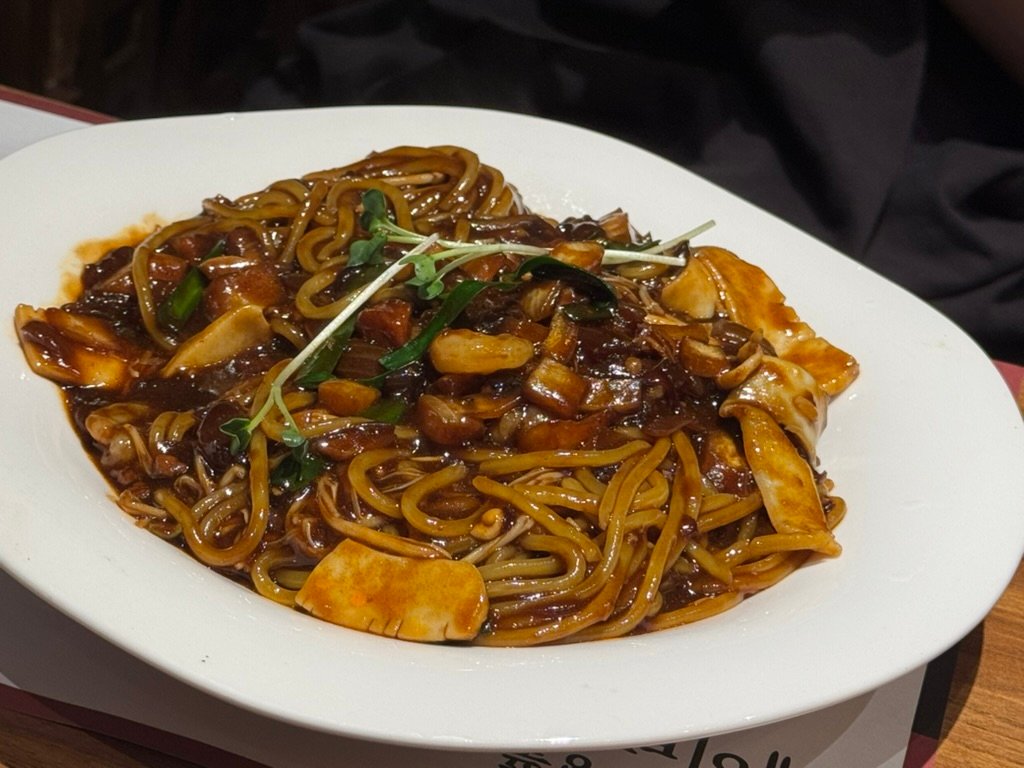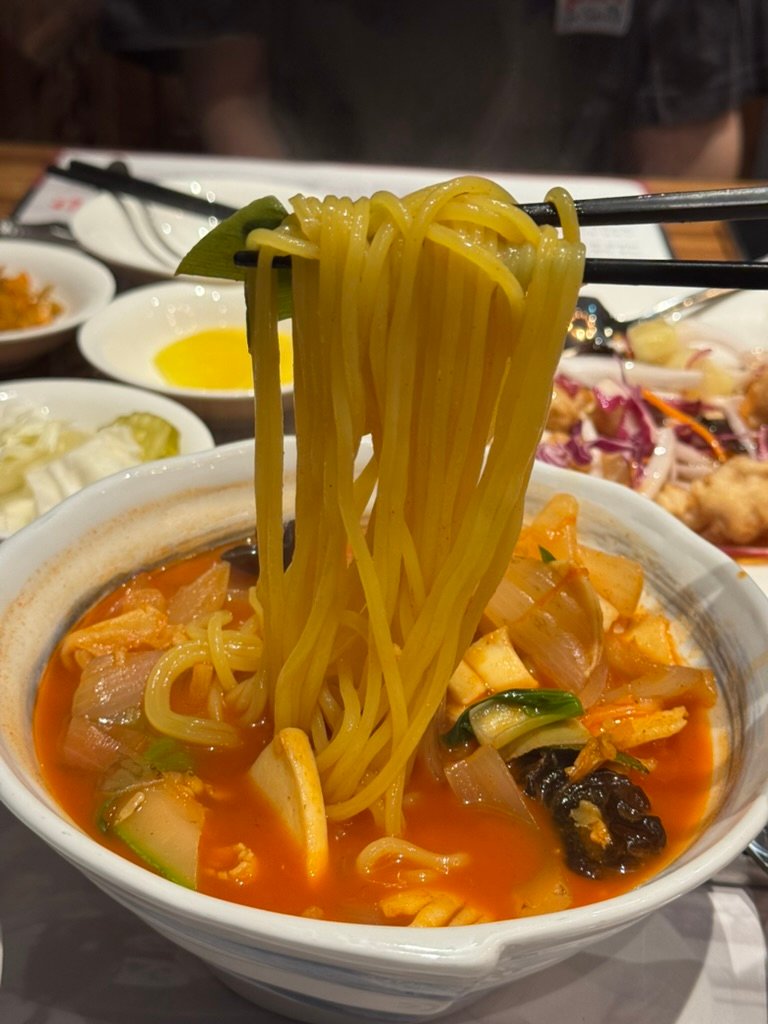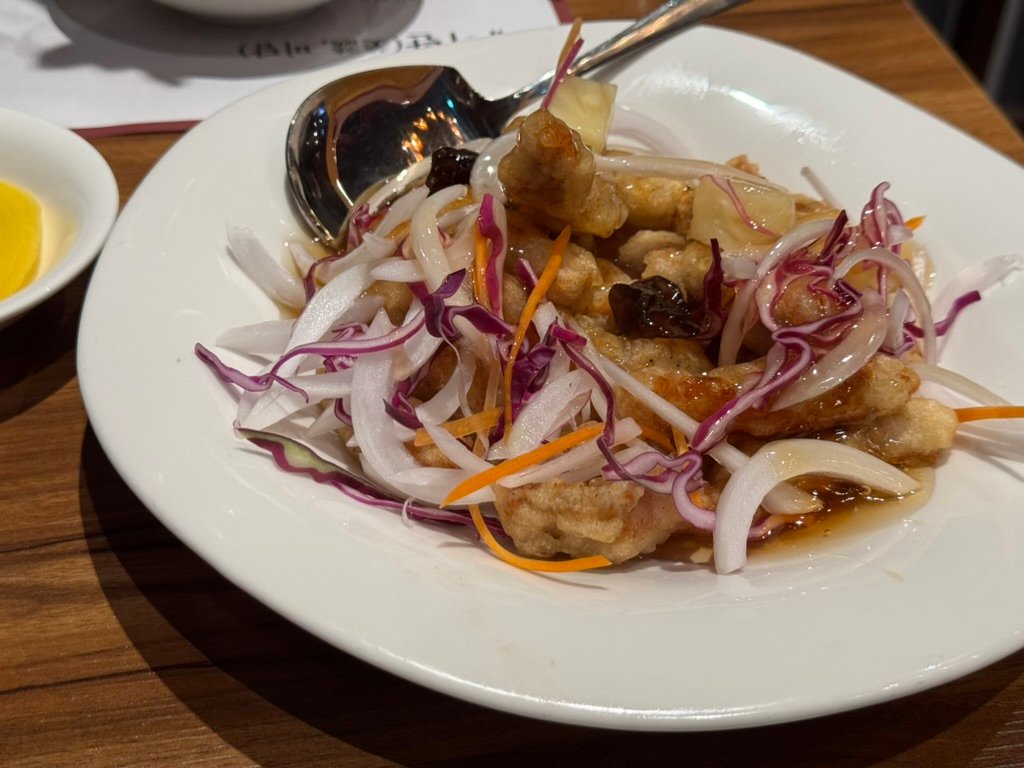Author
H.D. PARK
Author
H.D. PARK


If you’ve ever dined at a Korean-style Chinese restaurant, you’ve likely faced the ultimate dilemma: Jjajangmyeon or Jjamppong?
Black bean sauce noodles or spicy seafood noodle soup—two iconic dishes that represent the heart and soul of Korean-Chinese cuisine (중화요리).
But wait— are these really Chinese? Well… yes and no.
Korean-Chinese cuisine, or Junghwa Yori (중화요리), refers to dishes inspired by Chinese culinary techniques but adapted over time to suit Korean palates.
It’s not something you’ll find in Beijing or Shanghai. In fact, Jjajangmyeon and Jjamppong are uniquely Korean creations—born from the hands of Chinese immigrants in Incheon, later reimagined and beloved nationwide.
These dishes are so ingrained in Korean food culture that they’re practically a comfort food staple. Every city has its go-to Chinese joint, often delivering these piping hot noodles to your door in metal bowls inside red plastic bags. If you’re Korean, you already know the vibe.
Jjajangmyeon is one of the most iconic dishes in Korean-Chinese cuisine. Made with thick, chewy wheat noodles topped with a glossy black bean sauce (chunjang, 춘장), it’s stir-fried with diced pork and a mix of vegetables like onions, zucchini, and potatoes. With it’s rich, slightly sweet, and deeply savory taste, and also being not spicy, it is popular among kids and people with milder palates.
But there’s more than one kind:
In Korea, Jjajangmyeon is more than just food—it’s a tradition.
It’s what people eat on moving day, often shared with friends and family who came to help lift boxes and furniture. And of course, April 14th, known as Black Day, is when singles who didn’t receive gifts on Valentine’s or White Day gather to eat Jjajangmyeon together in solidarity.

Jjamppong is the yang to Jjajang’s yin—a fiery red seafood broth bursting with stir-fried onions, chili oil, and assorted seafood like mussels, squid, and shrimp.
It clears your sinuses and warms your soul. The broth is spicy, slightly smoky, and deeply savory, perfect for those who crave heat.
It’s a dish that hits hard on cold days or when you’re feeling under the weather. Also, it’s often said that Jjamppong is the dish for a hangover—and many Koreans would agree.
Popular variations include:

No Korean-Chinese meal is complete without Tangsuyuk (탕수육)—a sweet and sour deep-fried pork (or sometimes beef) dish that’s crispy on the outside and juicy inside.
Served with a glossy sauce made from vinegar, sugar, soy sauce, and sometimes pineapple or bell peppers, Tangsuyuk is the perfect dish to share between friends, often ordered alongside Jjajangmyeon and Jjamppong for the full trio experience.
But here’s where things get interesting. There’s a national divide in how you’re supposed to eat it— and it’s one of the most lighthearted but passionately debated topics in Korean food culture:
If you’ve ever eaten Tangsuyuk in Korea, you’ve likely heard the terms:
부먹 (Pouring the Sauce): The 부먹 crowd loves the convenience of having the sauce poured all over the pork pieces. It’s warm, gooey, and ready to eat with no extra steps.
The downside? You risk losing the crispy texture, especially if the meal sits for too long.
찍먹 (Dipping in the Sauce): On the other hand, 찍먹 fans want to preserve that golden crunch. By keeping the sauce on the side and dipping each piece as you eat, you maintain the integrity of the crisp coating all the way through.
As a result, most restaurants these days respect customers’ preferences and serve the sauce separately in a small bowl, letting you choose whether to pour (부먹) or dip (찍먹).

While Jjajang, Jjamppong, and Tangsuyuk are the holy trinity, there’s a whole lineup worth exploring:
Each dish offers its own Korean twist—less Sichuan numbness, more soy and sesame-based flavors.
Koreans know this pain well. You open the menu, and your heart is torn. Do you go for the comfort of Jjajang or the spice of Jjamppong? Instead of flipping a coin or asking your friend to decide, try using my Smart Roulette Wheel — a web-based tool designed for exactly this problem.
Want to slightly favor Jjamppong 51% over Jjajang 49%? You can customize the odds and let fate decide your lunch. It’s fair, it’s fun, and it might just save your relationship.
Korean-Chinese food may not be “authentic” Chinese by strict definitions, but it’s authentically Korean in how it has grown, evolved, and embedded itself into our daily lives. You’ll always find comfort in a bowl of Jjajangmyeon—or Jjamppong wherever you’re staying in Korea.
Hello, I think your website might be having browser compatibility issues. When I look at your blog in Safari, it looks fine but when opening in Internet Explorer, it has some overlapping. I just wanted to give you a quick heads up! Other then that, wonderful blog!